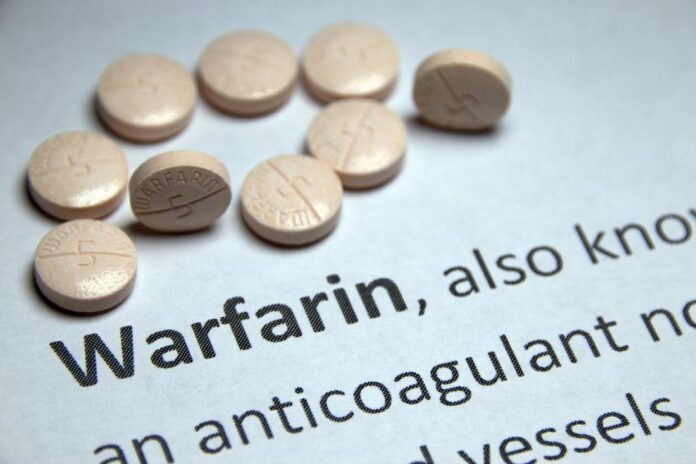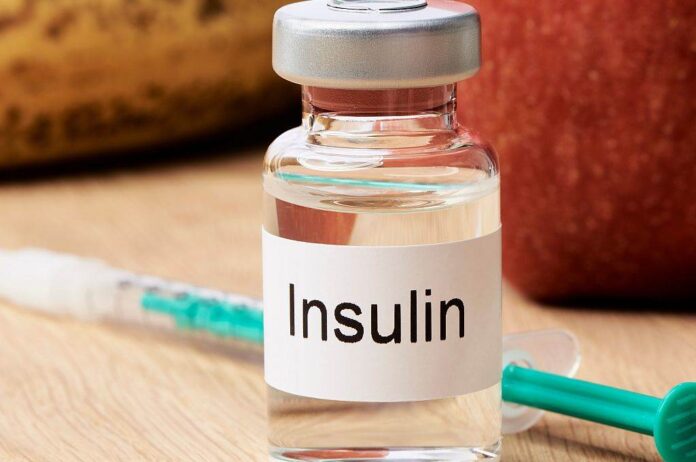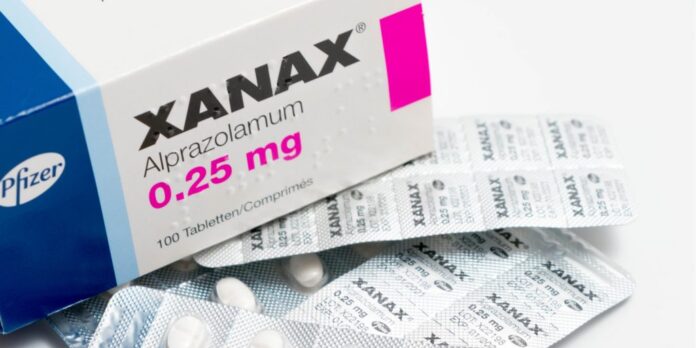Drug-related visits to the emergency room are up these days. This trend is not surprising in at least one sense: 2024 saw the worst of the overdose epidemic and is when 108,000 Americans died from mainly opioid overdoses, according to a March 2024 report by National Public Radio.
Opioids may cause the most overdose-related emergencies—learn how people are recovering from heroin and prescription painkiller addiction at FHE Health—but they are not the only culprit sending people to the ER. Whether illicit or doctor-prescribed, some of the other drugs responsible for a disproportionate share of visits to the ER may surprise you—starting with these five, listed in alphabetical order.
1. Clopidogrel (Plavix) and warfarin (Coumadin, Jantoven)

Blood-thinning medications, (which admittedly are also among the most prescribed medicines in the U.S.), are implicated in a high number of visits to the ER, according to the research. For example, clopidogrel is “a leading cause of ED visits for medication-related harms in the U.S.,” an October 2024 report by the American College of Cardiology (ACC) said.
Clopidogrel and warfarin belong to a class of drugs called “anticoagulants,” which the same ACC report described as “the most common reason” for ED visits in older adults (ages 65 and up). Anticoagulants are supposed to lower the risk of blood clotting, but the medication can cause bleeding and hemorrhaging, especially when combined with aspirin.
2. Cocaine
The stimulant has been notorious for being at or near the top of a list of illicit drugs that send the most people to the ER each year. Cocaine-related chest pain is the main reason. 40 percent of those who ended up in the ER had “some degree of chest discomfort,” according to a January 2024 study in The Journal of the American College of Emergency Physicians. Cocaine use is linked to myocardial infarction and premature coronary artery disease, among other heart health issues.
There can be other adverse effects that may require a trip to the ER, though. The short-term effects—especially of large amounts of cocaine, according to the National Institute on Drug Abuse (NIDA)—can also include neurological problems like seizures, strokes, and coma and gastrointestinal complications like abdominal pain. Deaths from first-time cocaine use are “rare,” according to NIDA, but they do happen and more often because of cardiac arrest or seizures.
3. Insulin

“ER visits for low blood sugar are common among insulin users,” read a Reuters headline from 2014. The article stated that “100,000 people in the U.S.” were annually being “sent to the ER for low blood sugar or errors related to a common diabetes drug.” One-third of these people were reportedly hospitalized, the same article stated, citing the Centers for Disease Control (CDC) as its source.
As further perspective, insulin-related ER visits accounted for almost 10 percent of all drug-related ER visits, according to the Reuters article. (Of course, one reason that insulin is on this list is that it is one of the most prescribed drugs, much like blood-thinning medications.)
When someone ends up in the ER because of insulin it is typically because of symptoms of a hypoglycemia (low blood sugar). The condition can result in seizures, loss of consciousness, and even death. Symptoms may include sweating, headache, hunger or nausea, shakiness, an irregular or fast heartbeat, fatigue, or irritability or anxiety.
4. Meth (Methamphetamine)
Meth trips that now include a stop at the ER are dramatically more common these days. Meth-related ER visits and hospitalizations are “escalating,” a February 2024 study in BMC Emergency Medicine said. The issues that more commonly send meth users to the ER are psychotic symptoms such as paranoia, hallucinations, and delusions (like the belief that insects are crawling under your skin).
Meth is a psychostimulant: It affects the brain and central nervous system. When taken as prescribed at appropriate doses, methamphetamine can be safe and effective in treating certain conditions, according to a 2024 report in the journal Conn’s Current Therapy. However, illegally manufactured meth is a different story altogether. The same report mentioned above calls it “alarmingly dangerous” and states the following: “No other commonly abused drug is so strongly associated with permanent brain damage, resembling that seen in victims of traumatic brain injury.”
5. Benzodiazepines like Xanax

Benzo-related ER visits increased by nearly 25 percent between 2019 and 2020, a CDC report said. Some of that increase was due to illegally manufactured benzos. Strikingly, seven out of eight of those ER visits involved self-harm or non-medical use of the drug, a February 2020 report in Medscape noted. It added that more than 80 percent of these instances also involved alcohol or illicit substances.
Benzodiazepines are sedatives. They are prescribed for issues like anxiety, insomnia, and seizures but can cause adverse side effects. Among the more problematic: respiratory depression,” which is when breathing slows. This often causes benzo-related hospital visits.
When taken in combination with alcohol or other drugs, benzos can be especially dangerous. In addition to breathing difficulties, they can lead to increased risk of overdose, coma, and even death.
What to Learn
This list of drugs more commonly associated with visits to the ER is not exhaustive. It also should not eclipse the alarming reality that record numbers of people are losing their lives to opioids like heroin and fentanyl. Opioids and opioid overdose remain a very serious problem that urgently needs solutions.
What this list of five drugs can help to show, though, is that drug-related emergencies more typically occur because of drug misuse or abuse. This means there are reasons to be careful when taking seemingly more innocuous, medically prescribed medications—and that using illicit drugs like meth and cocaine is never worth the risk.








